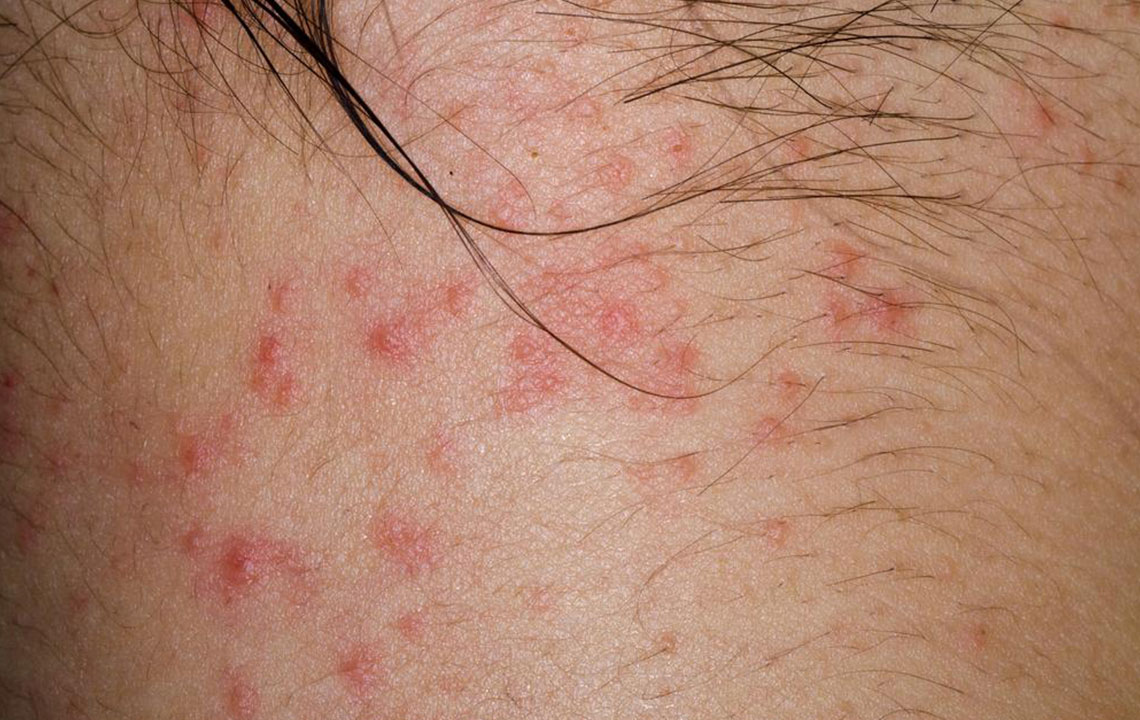Comprehensive Infant Eczema Guide: Causes, Symptoms, and Effective Care Strategies
This comprehensive guide delves into infant eczema, exploring causes, symptoms, and management strategies. It offers practical advice for parents to identify signs early, apply effective treatments, and implement preventative measures to ensure their child's skin health. Understanding the condition helps parents navigate this common childhood skin issue confidently and effectively, promoting healthier, more comfortable lives for affected infants.

Understanding Infant Eczema: Causes, Symptoms, and Management
Infant eczema, medically recognized as atopic dermatitis, represents a prevalent skin condition that commonly affects children from birth up to five years old. This condition is characterized by dry, flaky patches on the skin, accompanied by inflamed bumps that can cause significant discomfort. The underlying reason for these skin issues often involves a weakened skin barrier, which makes young children more susceptible to water loss and skin irritants. Fortunately, with proper treatment strategies—such as specialized medicated creams, diligent skin hydration, and good hygiene practices—parents and caregivers can effectively manage and alleviate the symptoms of eczema.
The development of infant eczema can be influenced by genetic predispositions, especially if there is a family history of allergies or atopic conditions. While some infants are genetically inclined to develop eczema, others may develop symptoms despite no prior allergy history. Recognizing the risk factors can facilitate early diagnosis and intervention, leading to better management of the condition.
Common Causes and Triggers of Infant Eczema
Prolonged exposure to heat, particularly from diapers or tight-fitting clothing, which increases skin moisture and irritation
Contact with environmental allergens such as dust, pollen, pet dander, or certain stuffed animals which can provoke allergic reactions
Genetic factors inherited from parents, especially maternal history of atopic diseases
Excessive saliva due to drooling, which can cause skin dryness and irritation around the mouth and chin
Recognizing the Signs and Symptoms of Eczema in Infants
Dry, flaky patches that frequently appear on the cheeks, neck, arms, and legs
The presence of red bumps and inflamed areas that may cause discomfort or pain
Intense itching, leading to scratching that can worsen skin irritation and risk infection
It's important to note that symptoms often vary depending on the child's age and severity of the condition. Sometimes the affected skin patches may be subtle or invisible but still cause significant irritation and discomfort, making it vital for parents to remain vigilant.
Effective Treatment Methods for Infant Eczema
Regular application of emollient-rich moisturizers to maintain skin hydration and barrier integrity
Use of prescribed topical corticosteroids or medicated creams under medical supervision to reduce inflammation and itching
Monitoring and managing triggers to prevent flare-ups, including environmental modifications
Consulting pediatric dermatologists for tailored treatment plans if symptoms persist or worsen
Preventive and Care Tips for Managing Infant Eczema
Avoid exposure to known irritants such as harsh soaps, chemicals, and known allergens
Keep baby's nails trimmed to minimize skin damage from scratching
Dress infants in loose, breathable fabrics like cotton to reduce heat buildup and skin friction
Prior to dressing, thoroughly wash new clothes to eliminate irritants and residues
Maintain a consistent skincare routine that emphasizes hydration and gentle cleansing
In summary, infant eczema is a common but manageable skin condition that, with early detection and proper care, can significantly improve the quality of life for affected children. Emphasizing preventive measures, understanding the triggers, and seeking medical advice when necessary are key steps in effectively controlling eczema symptoms. As many children outgrow eczema with age, proper management ensures their comfort and skin health during the early formative years.





